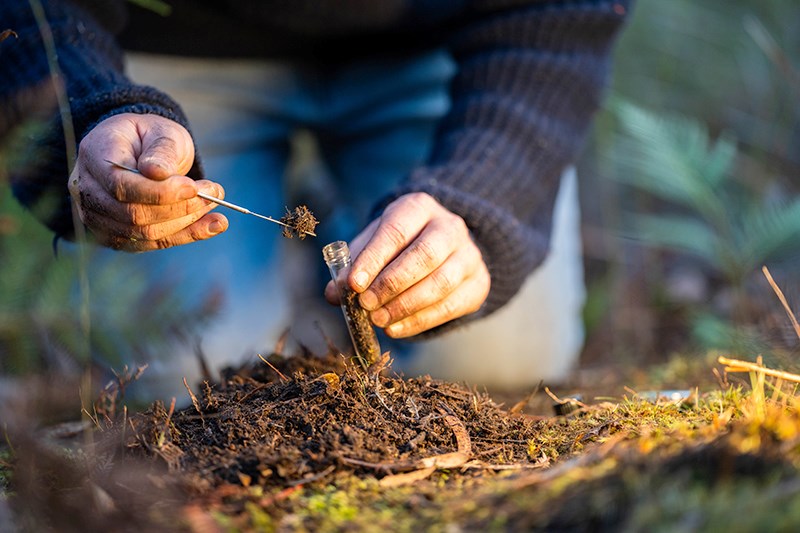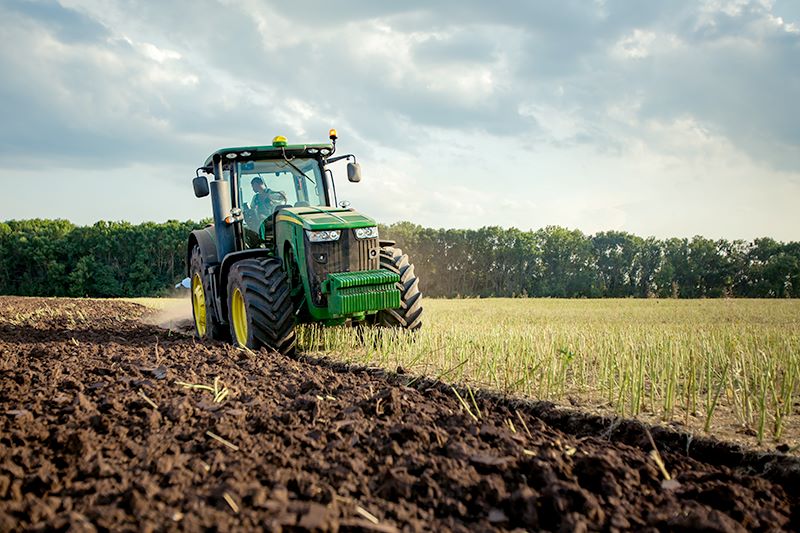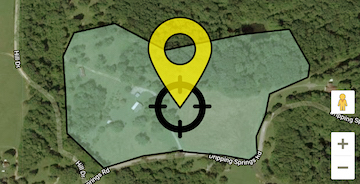Guide to Interpreting Soil Tests

The question is a common one, “I’ve got these soil test results from the University and I don’t know what to do with them.” Even with some basic knowledge of soil fertility, trying to interpret the jargon on a soil test report is often confusing and frustrating. “The report says I need 60 lbs. of nitrogen per acre, but my food plot is only about 50 feet wide and 100 feet long. Which fertilizer should I buy and how much?” It can seem overwhelming, but armed with a few basic facts, even the novice homeowner, farmer, or sportsman can learn to interpret a soil test recommendation.
Soil test fertilizer recommendations are usually reported in pounds of nutrients needed per acre or perhaps per 100 or 1000 square feet. It is helpful to know that there are 43,560 square feet in one acre of land. Therefore, a 50’ x 100’ food plot is 5,000 square feet or just slightly more than one tenth of an acre.
It is also beneficial to know what the numbers mean on a fertilizer bag. There are many different grades or analysis of fertilizer available. These different fertilizers are designed to meet the varying nutrient needs of different plants. One may see a 10-10-10 fertilizer or one that says 16-4-8 or some other combination of numbers. What do these numbers mean? The first number is the percent nitrogen in the fertilizer, the second number is the percent phosphorus and the third number is percent potassium. Thus, a 50 lb. bag of 10-10-10 fertilizer would contain 5 lbs nitrogen, 5 lbs. phosphorus and 5 lbs. of potassium (10% x 50 lbs.).
Now, with a basic understanding of the area in an acre and what fertilizer analysis numbers mean, one can begin matching the soil test fertilizer recommendation with the type of fertilizer needed. For illustration purposes, let’s suppose there are two food plots with one measuring one acre in size and the other an area 85 feet wide & 100 feet long. Ryegrass and clover is to be planted and the soil test report recommends 20 lbs. nitrogen, 60 lbs. phosphorus and 60 lbs. potassium be applied per acre. This means we need to find a fertilizer that contains three times as much potassium and phosphorus as nitrogen. This would be commonly referred to as a 1-3-3 ratio fertilizer. By comparison, a 5-10-15 fertilizer would have a ratio of 1-2-3 while a 10-10-10 fertilizer would be a 1-1-1 ratio. For this illustration, Pennington Wild Game 4-12-12 would be the ideal choice as a 1-3-3 ratio fertilizer.
Let’s next answer the question of how much to buy. Five hundred pounds of 4-12-12 would contain the 20 lbs. nitrogen, 60 lbs. phosphorus and 60 lbs. of potassium per acre recommended on the soil test report (500 lbs. x 4% nitrogen, 500 lbs. x 12% phosphorus, etc). What about that smaller 85’x100’ food plot? By doing a simple math equation of multiplying the length times width of the plot to get the square footage, we find the plot contains 8500 square feet or just slightly more than 2 tenths of an acre (8500 ÷ 43,560). Since 500 lbs. of 4-12-12 fertilizer is needed per acre, the amount to use on the small food plot would be about 80 lbs. (500 lbs/a x .2 acre).
The same simple calculation can be made to determine lime needs. In general, it takes about 45 lbs. of agricultural limestone per 1000 square feet to equal one ton per acre. In the above example, a one ton of lime per acre recommendation would require about 380 lbs. of lime on the small food plot ([8500 sq. ft.÷ 1000] x 45 lbs. lime).
It is important to understand that soil fertility is not an exact science. There will be soil test fertility recommendations that cannot be matched exactly with available brands of fertilizer. However, with a simple knowledge of fertilizers and how to interpret a soil test report, even a homeowner, farmer or sportsman with limited experience can closely match the fertilizer needs of the desired planting. In addition, the local farm & garden supply dealer and county extension offices are excellent resources to find more information or to get assistance.



